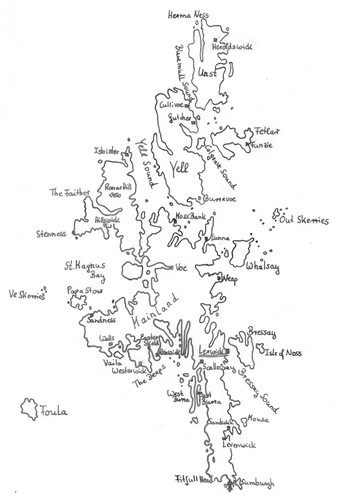| The Kennel (about Sheep- & Cattledogs in Australia) |
The Field, The Country Gentleman's Newspaper, 06.02.1904 |
The article includes interesting comments on the Australian Herding/Shepherd Dogs with a never before heard connection to the Shetland Collie.
The Field, The Country Gentleman's Newspaper, 06.02.1904, Page 197:
"It is not generally known that in Australia, especially New South Wales, sheep and cattle dogs, not exactly the 'collie dog' as known in this country, are actually indisponsable on the large farms where cattle, sheep, and horses grase and pasture in their thousands. A correspondent in the Melbourne Leader has recently given some interesting information on the various breeds which are found best for the purposes, and naturally those which are the best sheepdogs are not equally good in connection with cattle. Although from time to time our more enterprising Colonials have imported some of out best working collie dogs from the south of Scotland, which have done well in competitions in their adopted country, the shepherds prefer their native breeds. These comparatively small animals are known as the 'Barb' abd the 'Kelpie.' How they were first produced is somewhat of a mystery, but from their appearance they might include crosses if the native dingo, the terrier, and the sheepdog. However, the 'Barbs' and 'Kelpies' are nimble and sensible little animals, working quickly and smartly, and are said to posses greater stamina than the ordinary sheepdog of this country. The 'Barb' is a black dog with erect ears, not unlike a giant schipperke, whilst the 'Kelpie' varies in colour, and might be a small Welsh shepherd's dog crossed with a terrier. Allusion to these interesting and useful animals was made in the Field about three years ago. In addition to those which are used in connection with the huge flocks of sheep on the farms, the Australians have several strains or varieties of the dog, distinct from our English breeds, which are used almost entirely in connection with cattle.
---
...
---
Almost all countries in Europe and Asia have their own special varieties of the sheepdog, which we in England erroreously now call the 'collie,' because at an earlier period of its history it was used in Scotland in connection with certain sheep known as 'collies,' these being no doubt the ordinary Scottish black-faced sheep of the present day. However, our modern show collie dog has been so much improved (?) as to be thoroughly unlike his ancestor, a matter, however, which need not be dealt with here. Still every now and then one of fashionable blood does perform fairly well when working in public, and that 'fancy' breeding has not althogether obliterated the sagacity from the 'show strains' is in evidence in a group of performing collies at present in London. There are about half a dozen of them, all sable and white in colour, quite up to exhibition form, in coat and general appearance, and they accomplish various feats of skipping, turning back somersaults &c., quite as well as the poodle would do under similar circumstances. One of the group - a semi-bob-tailed, smooth-coated little dog - might be one of the Australian 'Kelpies' to which allusion has been made. The latter name is sometimes used in connection with the Shetland pony, and possibly the colonial dog might have originally come from those islands where they have a 'Shetland collie,' which was first described in these columns on Feb. 21 last year. Then we in this country have also the smooth-coated variety in various colours, of which the 'blue-merle' is, or ought to be, a family of its own; there is the 'bearded' strain in Scotland, rough and wire coated; the 'bob-tailed' or old English strain, mostly blue and white in colour; and, of course, that handsome animal known as the 'Scottish collie.' one of the most popular dogs of the day. Then, as in the colonies, there are various families of the sheep and cattle dog, distributed throughout the kingdom, in many places ignobly known as 'curs,' which being of no particular breed whatever, are of all shapes, sizes, and colours. They survived, not for their beauty, but for their utility in the work for which they have been produced. Such animals as the latter we see working on the large mountain farms and winning the chief prizes at the various sheepdog trials which are interesting features in the life of the dog and his trainer in different parts of the country."
If you discover any errors in the text that may have been caused by the transcription, please let us know for a prompt correction.

